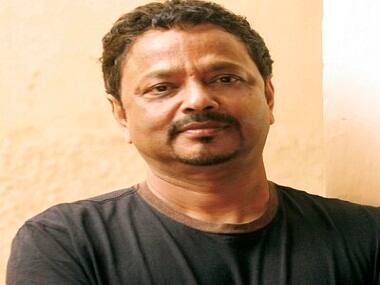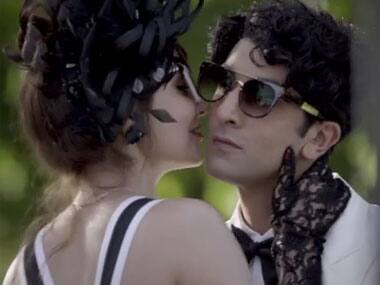Had it not been for historian Gyan Prakash’s book Mumbai Fables, there would have been no Bombay Velvet. The lavish film, set in 1960s’ Mumbai is not just based on the research that Prakash undertook for his book on Mumbai, but it was Prakash who approached Anurag Kashyap with the idea of making a film about Mumbai in the jazz era. [caption id=“attachment_2242052” align=“alignleft” width=“380”]  Gyan Prakash. Image from Twitter.[/caption] For Prakash, who teaches history at Princeton University, Bombay Velvet is a long time coming. He’s been waiting to see this film come together since 2009, when he submitted the first draft of the script of Bombay Velvet to Kashyap. (Also credited with writing the script of Bombay Velvet are Vasan Bala, S.Thanikachalam and Kashyap). Now, with Bombay Velvet just days from its release, Prakash told us about his book, the film and the unfading charm of Mumbai. From writing Mumbai Fables to scripting Bombay Velvet “It all started in 2004. I had been researching the city for about four years, and had gathered a lot of material on its history. A friend, who is also a filmmaker in Mumbai, was intrigued by what I had recounted, and asked me to write a film story. I went ahead wrote a 20-page treatment, set in the 1960s. On a friend’s suggestion, I narrated the story to Anurag Kashyap in January 2005. He immediately said that he would make it into a film. … But after this first flush, nothing much happened. I kept coming to Mumbai every year and spent months doing research for my book, Mumbai Fables, but nothing moved on the film front. In 2008, I took sabbatical from Princeton and came to Mumbai. I was in the city to write my book, but the timing was also determined by Anurag’s expectation that the film would be produced that year. But economic crisis struck, and the studios became gun shy in funding a project that Anurag had always said would be hugely expensive. I became impatient and kept pestering Anurag. Why not at least write the script? To get me off his back, I think, he said: “You write it.” Research for the book versus exploring characters for the film “As they say, reality is stranger than fiction! I didn’t have to invent characters for the film; they grew out of the research I was doing for Mumbai Fables. If you see the film and read the book, you will realize that the characters are strongly rooted in 1960s’ history." [caption id=“attachment_2161929” align=“alignleft” width=“380”]  A screengrab from the trailer.[/caption] Favorite characters from Bombay Velvet “Of course, my favorites are Johnny and Rosie because they express the ambitions that I found so symptomatic of the period. Their star-crossed love story also says something of the changing city of that time. Their star-crossed love story also says something of the changing city of that time. But it is also an ensemble film…My particular favorite is Jimmy Mistry, loosely drawn on Russi Karanjia. He was such a fabulous man! Charming with Clark Gable looks, how can you not love him! Manish Chaudhary plays Jimmy so well." (NOTE: Karanjia was a legendary Indian journalist and the founding editor of Blitz, a magazine focused on investigative reporting.) The charm of Mumbai in the ’60s “I love Mumbai as a city. In spite of all its problems, its dynamic urban life, the can-do attitude of its residents, continue to captivate me. I was drawn to the 1960s because it was a critical moment of transition in the city. That was when it began to change from an industrial city, anchored in cotton mills and the working class, to a post-industrial capital of finance and real estate. It was this critical transition that I wanted to bring to the screen.”
Had it not been for historian Gyan Prakash’s book Mumbai Fables, there would have been no Bombay Velvet.
Advertisement
End of Article


)
)
)
)
)
)
)
)
)



